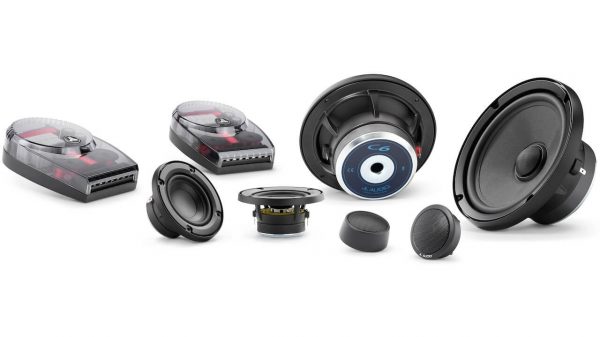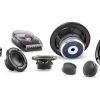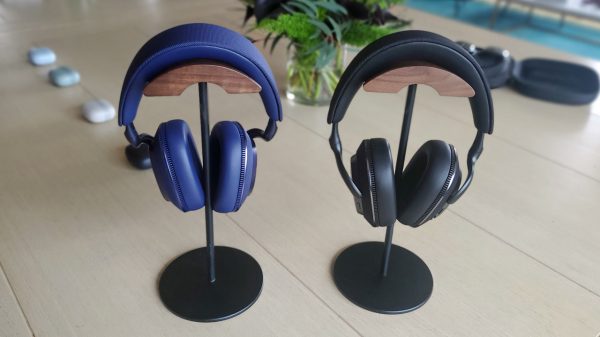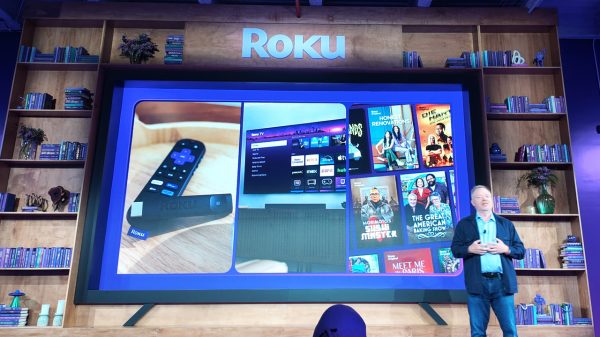The average U.S. household owns 25 consumer electronics (CE) products and the average adult spends $1,200 annually on these products according to a study released today by the Consumer Electronics Association (CEA). The 9th Annual Household and Teen CE Ownership and Market Potential Study also reveals the most owned CE products and tracks the growth rates of popular product categories.
The top five growth sectors were digital video recorders (DVRs), network routers or hubs, MP3 players, cable modems and digital cameras. DVR ownership and network/routers in U.S. households grew eight percentage points since 2006 to 25 and 30 percent respectively. Thirty-two percent of households now own an MP3 player, up seven percentage points since last year. Cable modem ownership grew six percentage points and digital camera ownership rose to 62 percent of all U.S. households.
“It’s interesting to note here that two of the fastest movers and shakers in the CE industry are devices that enable home networking,” said CEA Senior Research Analyst Elena Caudle. “The other three products enable consumers to create, shift or transport digital content. As consumers continue to embrace digital technology this new convergence will continue to change the way Americans live, work and play.”
Other categories with significant growth include HDTV with penetration reaching a quarter of U.S. homes. More than three-quarters of U.S homes have at least one cell phone; CEA estimates 178.5 million wireless phones are in use. DVD players have reached 84 percent household penetration and have surpassed VCRs, partially because of the availability of portable DVD players.
In addition to identifying top growth categories, the study reveals the five most owned products beginning with the television (92 percent), DVD player or recorder, VCR (82 percent), cordless phone (82 percent) and the cellular phone (76 percent).
“Many of the top owned products have enjoyed mass market saturation for years and will likely see growth based on upgrade and replacement sales. Some of the more intriguing categories are those that still occupy niche markets, such as mobile CE devices like GPS systems and satellite radio, which have seen healthy growth in the past few years,” said Caudle.
The study also sets out the spending habits of consumers by age demographics. While adults spend $1,200 annually on CE products, teens spend $350 each year which is about half of their total annual discretionary income. Adults with children and teens spend up to $500 more on CE purchases than the national average.
“This is excellent news for the industry as children and teens who currently influence household CE purchase decisions grow up to become the next generation’s early adopters,” said Caudle.
9th Annual Household and Teen CE Ownership and Market Potential (April 2007) was conducted in February 2007. It was designed and formulated by CEA Market Research, the most comprehensive source of sales data, forecasts, consumer research and historical trends for the consumer electronics industry. Please cite any information to the Consumer Electronics Association (CEA). The complete study is available free to CEA member companies. Non-members may purchase the study for $999 at http://www.ebrain.org
About CEA:
The Consumer Electronics Association (CEA) is the preeminent trade association promoting growth in the consumer technology industry through technology policy, events, research, promotion and the fostering of business and strategic relationships. CEA represents more than 2,100 corporate members involved in the design, development, manufacturing, distribution and integration of audio, video, mobile electronics, wireless and landline communications, information technology, digital imaging, home networking, multimedia and accessory products, as well as related services that are sold through consumer channels. Combined, CEA’s members account for more than $140 billion in annual sales. CEA’s resources are available online at http://www.CE.org, the definitive source for information about the consumer electronics industry.
CEA also sponsors and manages the International CES – Defining Tomorrow’s Technology. All profits from CES are reinvested into industry services, including technical training and education, industry promotion, engineering standards development, market research and legislative advocacy























